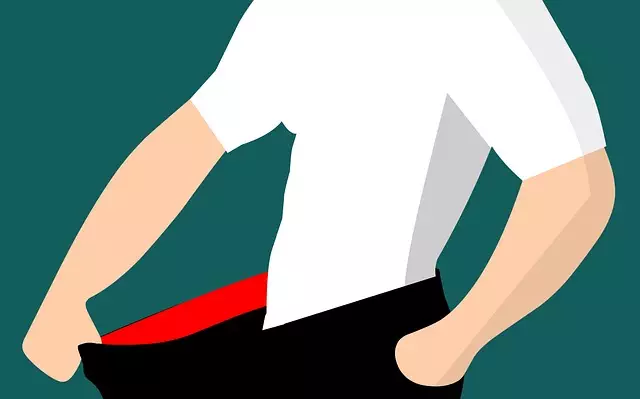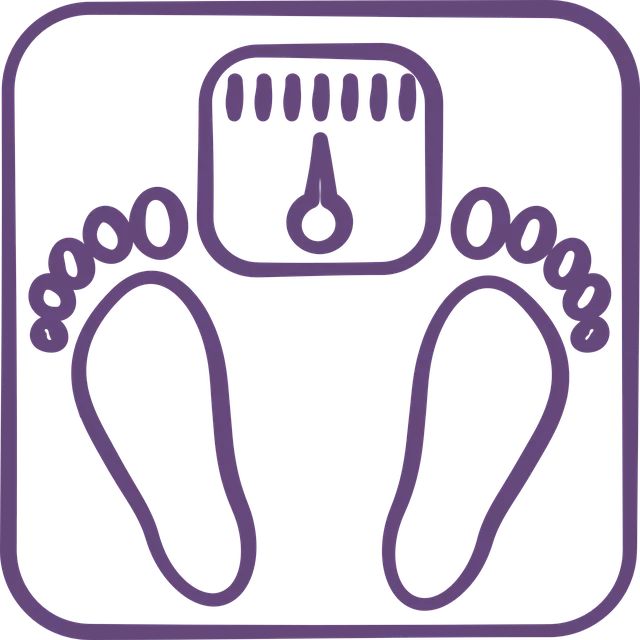Targeted fat loss in thighs involves a multi-faceted approach combining dietary adjustments, exercise (including strength training), and professional treatments like Cryolipolysis, HIFU, or liposuction. Genetics, age, and lifestyle influence fat distribution, making it challenging for women to reduce thigh fat. Non-surgical methods like CoolSculpting and HIFU offer safer alternatives with FDA approval and minimal downtime. Surgical options like tumescent and laser-assisted liposuction provide precise results. Preparation includes adopting a balanced diet, regular exercise, and avoiding medications or substances that may interfere. Post-care involves rest, ice packs, compression garments, and mild exercises to promote healing within 1-2 weeks. Achieving lasting targeted fat loss requires consistent physical activity, strength training, balanced nutrition, stress management, and hydration.
Fat removal for thighs has become a popular topic in the quest for achieving a slimmer, more toned body. Understanding targeted fat loss is key to navigating the various methods available. This comprehensive overview delves into the science behind fat distribution in the thighs, exploring both non-surgical and surgical options. Learn about preparations, post-procedure care, and lifestyle modifications essential for optimal results. Uncover the best approaches for achieving your desired figure through this detailed guide on targeted fat loss.
Understanding Targeted Fat Loss: A Comprehensive Overview

Targeted fat loss, specifically in the thighs, refers to the process of reducing fat in a particular area through various methods. It’s important to understand that the body doesn’t work in a compartmentalized way; fat is usually distributed throughout the body. However, certain areas like the thighs may appear more prone to storing fat due to genetics, age, or lifestyle factors.
While targeted fat loss isn’t a magical solution, it offers strategies to help reduce fat in the thigh region effectively. This involves a combination of dietary adjustments, exercise routines, and sometimes, professional treatments. By focusing on balanced nutrition, incorporating strength training, and maintaining a consistent workout regimen, individuals can achieve desirable results and sculpt their thighs towards a slimmer, more defined appearance.
The Science Behind Fat Distribution in the Thighs

The human body, particularly the thighs, is a complex landscape where fat cells distribute and accumulate in unique patterns. Understanding this science is crucial for anyone considering fat removal procedures like liposuction or targeted fat loss treatments. The thigh area, rich in muscle tissue, has two main types of fat cells: subcutaneous fat located just below the skin’s surface, and intramuscular fat embedded within the muscular structure.
Genetics, hormones, age, and lifestyle play significant roles in determining how these fat cells distribute. For instance, women tend to store more fat around their hips and thighs due to hormonal factors, a phenomenon known as feminized fat distribution. This natural tendency can make targeted fat loss especially challenging in these areas. Moreover, certain lifestyle habits like diet, exercise, and stress levels influence fat cell behavior, making it possible to impact fat distribution through healthy lifestyle choices.
Non-Surgical Methods for Effective Thigh Fat Reduction

Many individuals seeking thigh fat reduction often turn to non-surgical methods, as they offer a safer and more comfortable alternative to invasive procedures. These techniques focus on targeted fat loss, aiming to trim down problem areas like the thighs without incisions or lengthy recovery periods. One popular approach is Cryolipolysis, also known as CoolSculpting. This method uses controlled cooling to freeze and eliminate fat cells, leading to noticeable results over several weeks. It’s non-invasive, FDA-approved, and effective for reducing stubborn thigh fat.
Another promising option is High-Intensity Focused Ultrasound (HIFU). HIFU technology delivers targeted ultrasound energy to break down fat cell walls, promoting their removal from the body. This procedure is virtually painless, with immediate results visible after a single session. Non-surgical methods like these offer accessibility and convenience, allowing patients to achieve their desired thigh contour without major disruptions to their daily lives.
Exploring Surgical Options: Liposuction and Its Variations

When considering fat removal for thighs, exploring surgical options like liposuction is a common step. Liposuction stands out as a popular procedure due to its ability to achieve targeted fat loss in specific areas, including the thighs. This minimally invasive surgery uses a suction device to remove excess fat cells, leading to smoother, more contoured legs.
Variations of liposuction, such as tumescent liposuction and laser-assisted liposuction, offer refined techniques for enhanced precision and reduced recovery time. Tumescent liposuction utilizes a numbing solution and gentle suction, while laser-assisted methods employ light energy to break down fat cells, making them easier to remove. These advancements in liposuction technology ensure effective targeted fat loss, providing patients with improved body contouring and confidence.
Pre-Treatment Preparations for Optimal Results

Before any fat removal procedure, proper preparation is key to achieving optimal results. This involves a combination of lifestyle adjustments and medical assessments. It’s important to maintain a balanced diet during this period, focusing on whole foods and staying hydrated. Regular exercise, particularly targeted fat loss activities like cardio and strength training, can also enhance the effectiveness of the treatment by increasing blood flow and promoting lymphatic drainage.
Additionally, it’s crucial to disclose any medications or medical conditions with your provider as they may impact treatment options. Avoiding certain substances like alcohol and smoking can also contribute to better outcomes. This preparation phase not only prepares your body but also sets expectations for the procedure, ensuring a more successful and satisfying experience.
Post-Procedure Care and Recovery Timeline

After fat removal procedures for the thighs, proper post-care is essential for optimal results and a speedy recovery. The first few days are critical as the body heals and swells gradually subside. Patients can expect some mild discomfort and bruising, which typically peak within 24-48 hours post-treatment. Resting, elevating the treated areas, and applying ice packs can help alleviate these symptoms. It’s recommended to wear compression garments for a few weeks to improve blood circulation and reduce swelling while also providing gentle support to the thigh area during healing.
The recovery timeline varies based on individual factors, but generally, most patients can resume their regular activities within 1-2 weeks. Strenuous exercises should be avoided for at least a month to prevent strain on the treated areas. A balanced diet and light workouts focusing on lower body strength training without high-impact exercises are encouraged during this period. It’s crucial to follow the treating physician’s specific advice, as they may recommend additional measures or restrictions based on the procedure performed and individual needs.
Lifestyle Modifications for Sustained Results

Achieving and maintaining targeted fat loss in the thighs requires more than just a temporary diet or exercise plan. Lifestyle modifications are key to sustaining results over time. Incorporating regular physical activity into your routine, focusing on strength training to build lean muscle mass, and adopting a balanced, nutritious diet are essential components of this transformation.
Additionally, prioritizing consistent sleep patterns, managing stress levels through techniques like mindfulness or meditation, and staying hydrated can significantly impact your body’s ability to burn fat efficiently. By combining these holistic approaches with focused exercise routines, you’ll not only see visible results but also create lasting habits that promote overall health and well-being.
